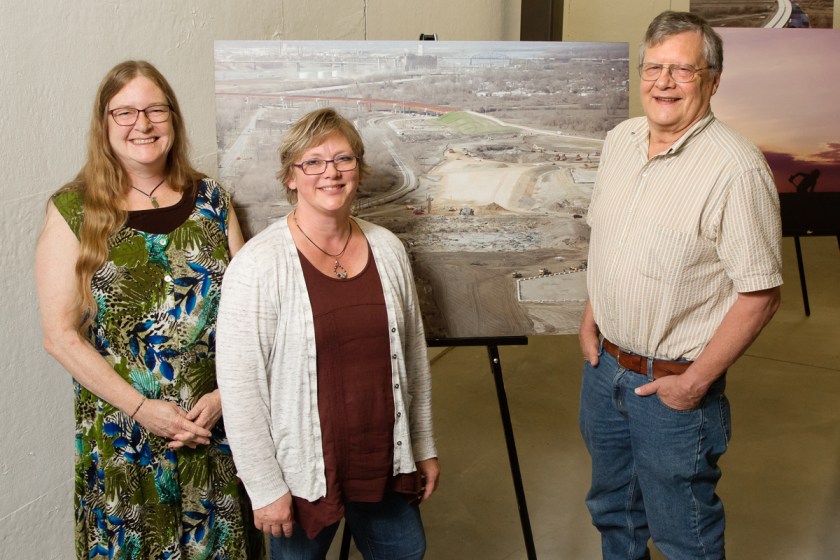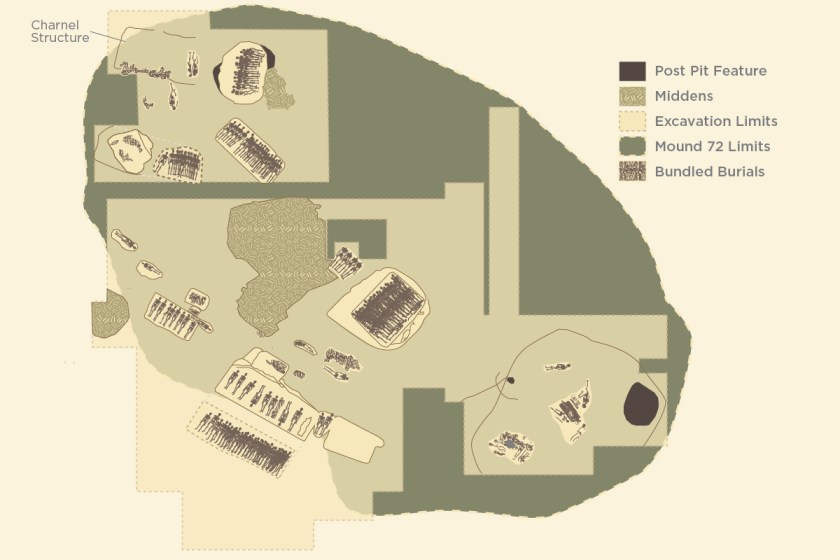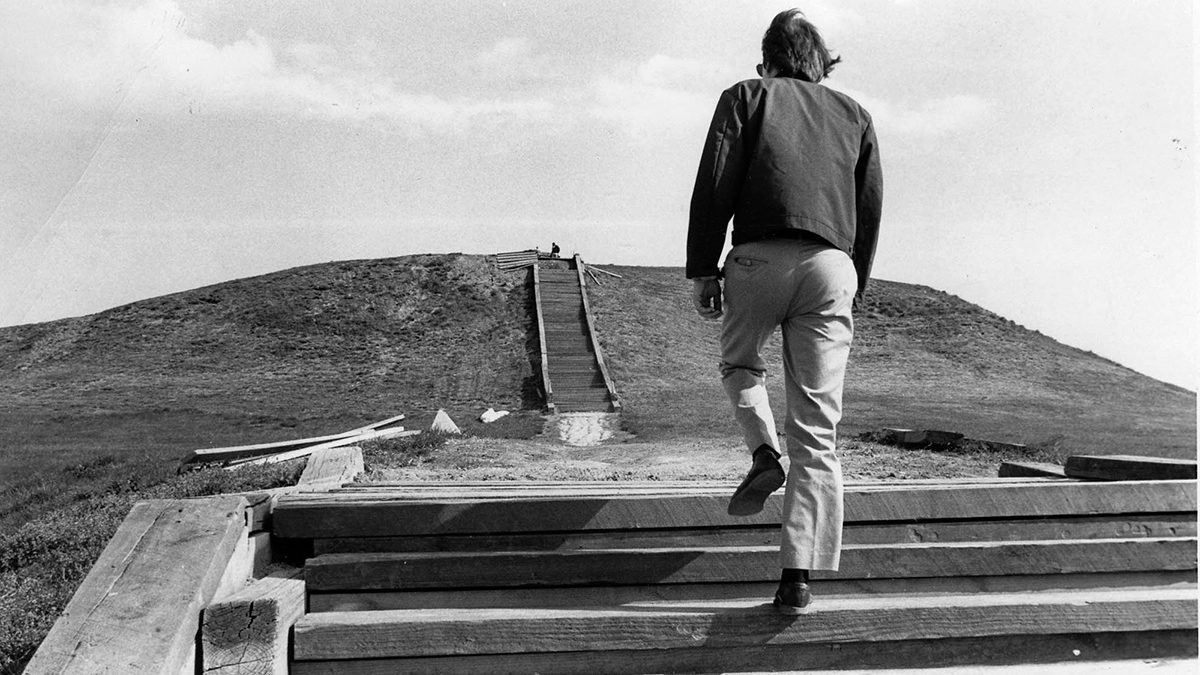
If you read RealClearLife‘s piece on America’s ancient “lost” city of Cahokia, a series of Native American mounds that sit just outside of St. Louis, Missouri, you’ll know that—despite the site having a highway running through it—it’s a UNESCO World Heritage site. In short, it’s a big deal.

According to Archaeology magazine, three years after the U.S. government named it a National Historic Landmark in 1967, archaeologists—who had been periodically excavating the site for years beforehand—discovered what they believed to be the graves of two men, one buried on top of the other, along with six others, thought to be servants. The bodies had been discovered sitting on top of a mound of 22,000 shell beads, which were arranged in the shape of a bird (it’s since come to be known as the “beaded burial”). At the time, experts assumed this to mean that the men had been military leaders—warrior chiefs—who ruled the ancient society with an iron fist.

But nearly 50 years later, a team of bioarchaeologists have turned this theory on its head. Upon a reexamination of the site (a.k.a. Mound 72), of the information surrounding it, and of the bodies themselves, the director of the Illinois State Archaeological Survey Dr. Thomas Emerson and a team of experts published a groundbreaking report in the journal American Antiquity revealing an entirely different story. The pair of skeletons was actually a man and woman, and they were not surrounded by six bodies but 12—a series of six woman-and-child pairs. Said Emerson to the University of Illinois Urbana-Champaign’s Illinois News Bureau:
“The fact that these high-status burials included women changes the meaning of the beaded burial feature….Now, we realize, we don’t have a system in which males are these dominant figures and females are playing bit parts. And so, what we have at Cahokia is very much a nobility. It’s not a male nobility. It’s males and females, and their relationships are very important.”
To read the researchers’ study, click here. For the full feature from the Illinois News Bureau, click here.
This article was featured in the InsideHook newsletter. Sign up now.
























